Mastering How To Cook Lion’s Mane: 9 Ways to Cook Lion’s Mane Mushrooms
Prepare to be amazed as We reveal 9 Gourmet techniques and Recipes to transform Lion’s Mane mushrooms into Healthy Culinary Masterpieces
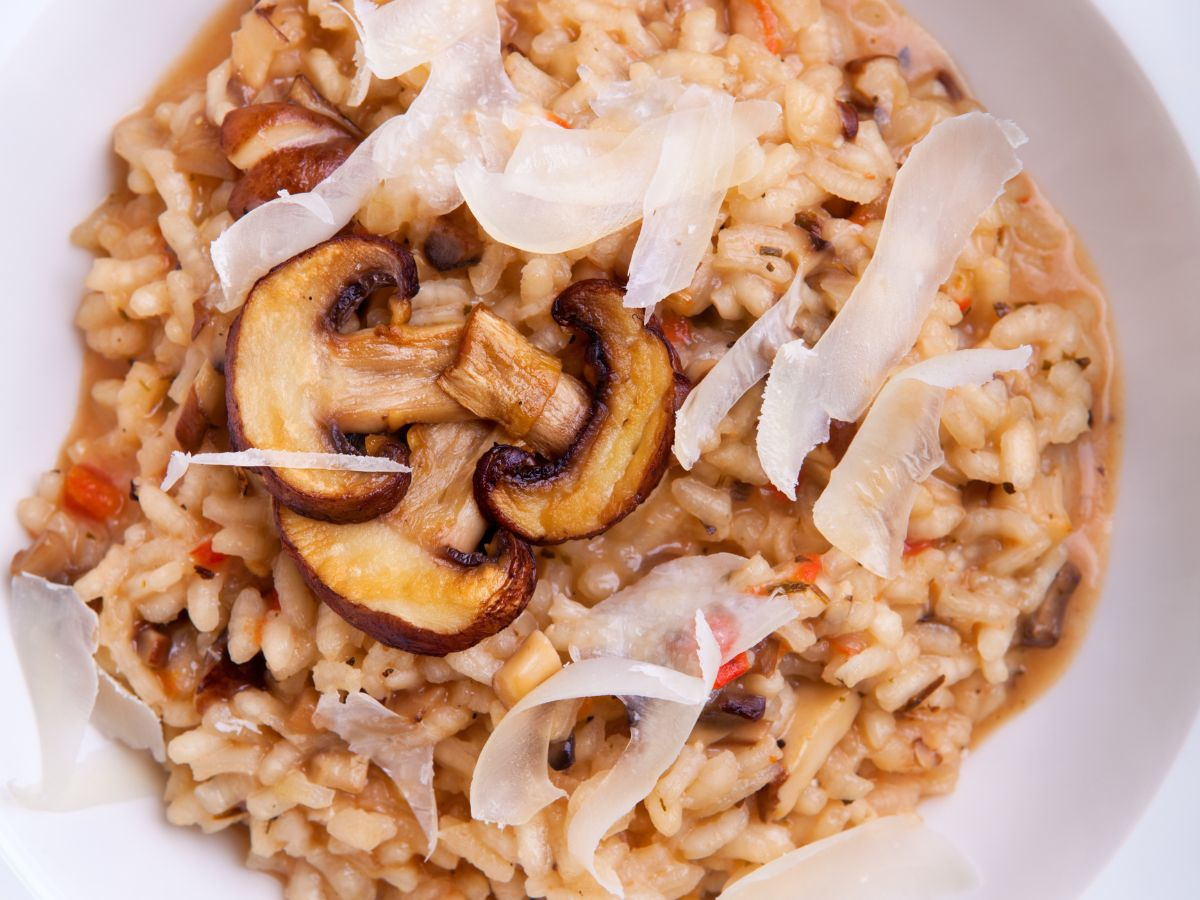
In the world of mushrooms, Lion’s Mane is a captivating enigma. Although Some can Be confused with the Hedgehog mushroom, Its striking appearance, reminiscent of a lion’s mane, is just the beginning of its allure.
Beyond its distinctive looks, Lion’s Mane mushrooms are renowned for their exceptional taste and potential health benefits.
If you want to explore the world of gourmet fungi, you’re in for a treat. In this article, we’ll delve into “how to cook Lion’s Mane mushrooms” in nine extraordinary ways, each bringing out the best of this culinary gem.
Whether you’re a seasoned chef or a home cook looking to expand your horizons, you can expect to discover a world of flavors, textures, and creative possibilities.
What Exactly are Lion’s Mane Mushrooms?
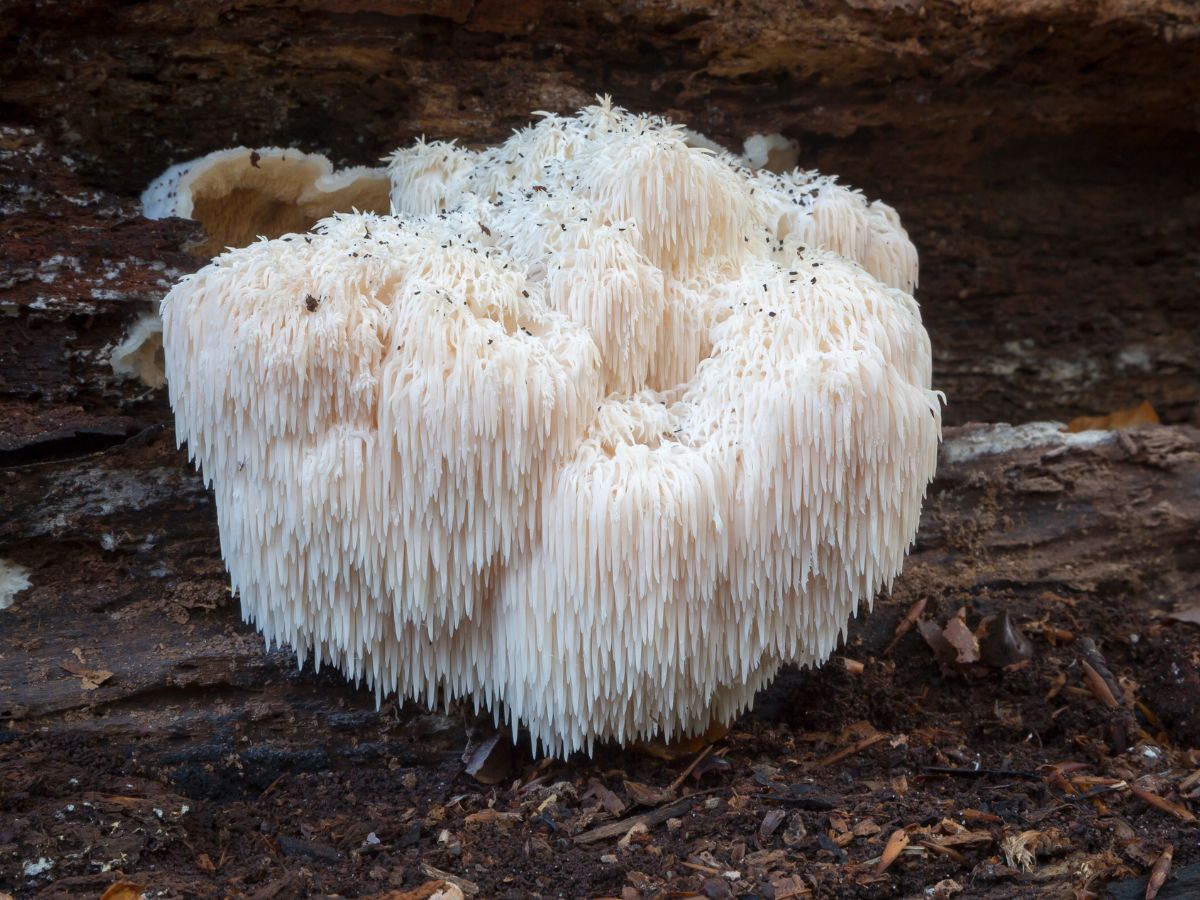
Lion’s Mane mushrooms, scientifically known as Hericium erinaceus, are a unique and fascinating species of edible fungi.
They are characterized by their distinctive appearance, which resembles a cascading mane of white, shaggy tendrils or icicles, often likened to the mane of a lion.
These mushrooms are primarily found in North America, Europe, and Asia, growing on hardwood trees such as oak, beech, and maple.
Lion’s Mane mushrooms have gained popularity recently due to their intriguing taste and health benefits. Here are some key characteristics and facts about Lion’s Mane mushrooms:
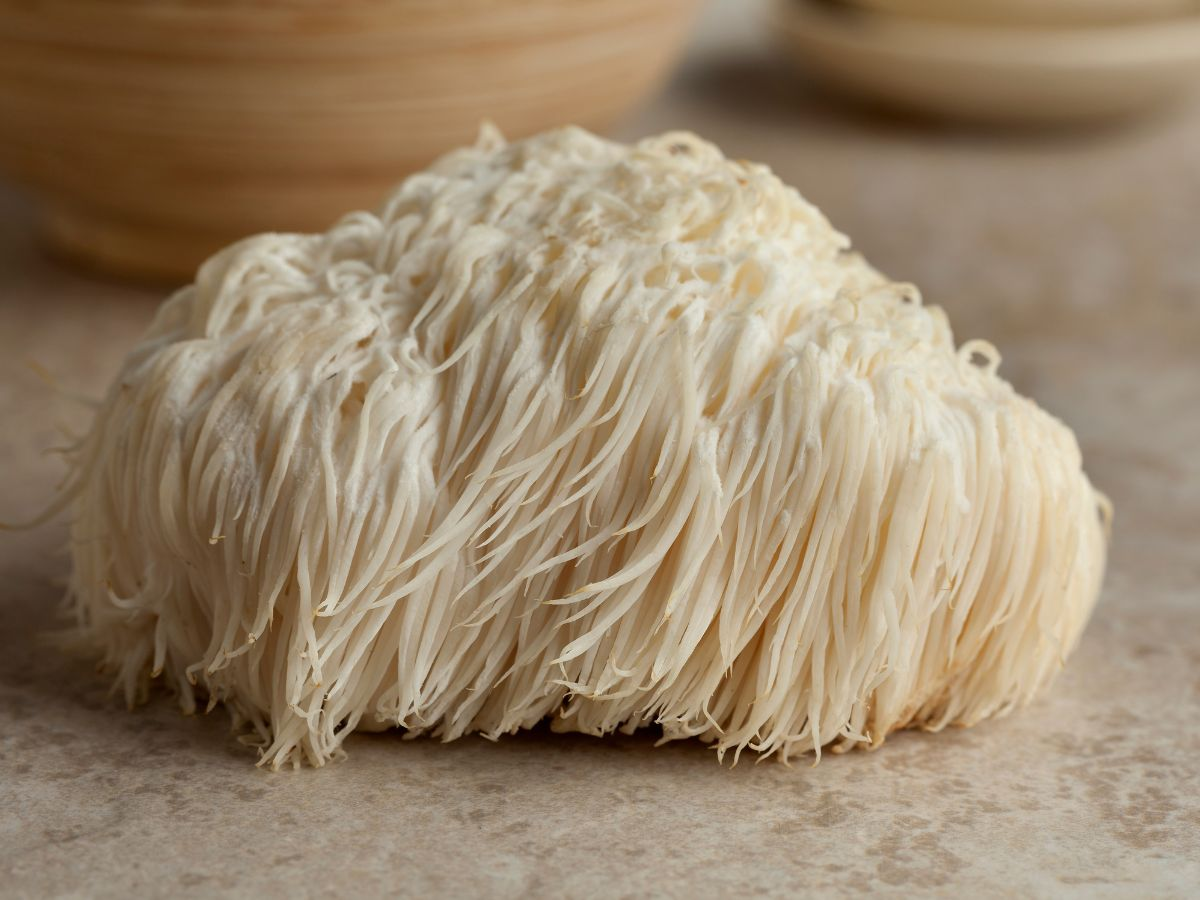
1. Appearance:
As mentioned, the most striking feature of Lion’s Mane mushrooms is their cascading, white, and shaggy hair like texture appearance. They range from small, golf ball-sized specimens to larger, multi-pound clusters.
2. Flavor and Texture:
Lion’s Mane mushrooms have a delicate, seafood-like flavor with a slight hint of sweetness. Cooked Mushrooms texture is often compared to lobster or crab meat, making them a unique and appealing choice for vegetarians and other seafood or crab meat lovers.
3. Health Benefits:
Lion’s Mane mushrooms are believed to offer various health benefits, including potential support for brain health and cognitive function. They contain compounds called hericenones and erinacines, which may stimulate the growth of nerve cells and support neurological well-being. Additionally, they are rich in antioxidants and may possess anti-inflammatory properties.
4. Culinary Use:
Lion’s Mane mushrooms are versatile in the kitchen and can be prepared in various ways, such as sautéing, grilling, stir-frying, or even used as a meat substitute in vegetarian and vegan dishes like an incredible Hearty Vegan Sandwich or vegan crab cakes. Their unique texture and flavor make them a sought-after ingredient in gourmet cuisine.
5. Medicinal Use:
Lion’s Mane mushrooms have been used in traditional medicine for their potential medicinal properties. They are available in various forms, including extracts and supplements, for those seeking to harness their potential health benefits.
6. Scientific Research:
While there is growing interest in Lion’s Mane mushrooms for their potential health benefits, it’s essential to note that more research is needed to understand their effects and mechanisms of action fully.
In summary, Lion’s Mane mushrooms are a captivating and distinctive fungi known for their unique appearance, delicate flavor, and potential health benefits.
They offer a rich culinary experience and are increasingly recognized for their possible contributions to brain health and well-being. Whether you’re a gourmet chef or a health enthusiast, Lion’s Mane mushrooms are fungi worth exploring in the kitchen and the realm of potential health benefits.
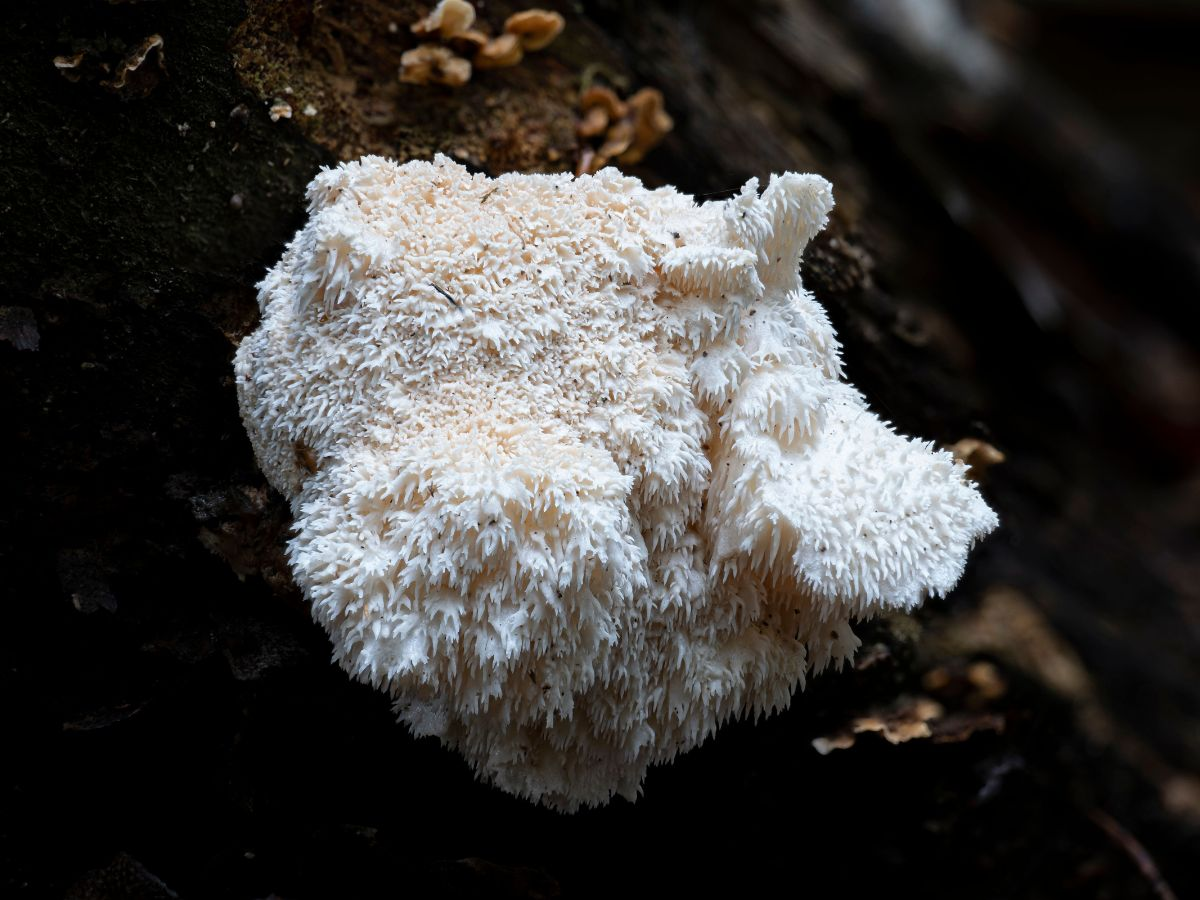
Why Lion’s Mane Mushrooms?
Before we dive into the culinary adventure, let’s understand why you should incorporate Lion’s Mane mushrooms into your diet. These mushrooms are not only a delight for the taste buds but also offer several health benefits:
Neurological Support: Lion’s Mane mushrooms are known for their potential to support brain health. They contain compounds that may stimulate the growth of nerve cells and enhance cognitive function.
Immune Boost: These mushrooms are rich in antioxidants and have been linked to improved immune function, helping your body ward off infections and illnesses.
Digestive Wellness: Lion’s Mane may promote digestive health by supporting the growth of beneficial gut bacteria.
Anti-Inflammatory Properties: Lion’s Mane mushrooms contain anti-inflammatory compounds that may help reduce inflammation and related conditions.
How Do I Cook Lion’s Mane Mushrooms?
Now that we’ve explored the “why,” let’s dive into the “how to cook Lion’s Mane mushrooms” with 9 delectable methods and Creative Lion’s Mane Mushroom Recipes:

1. Sautéed Lion’s Mane Mushrooms:
Sautéing Lion’s Mane mushrooms involves slicing them into medallions and cooking them in a pan with butter or olive oil over medium heat.
This method brings out their unique flavor and creates a crispy, golden-brown texture. Season with salt, pepper, garlic powder, and herbs like thyme or rosemary for added depth of flavor.
Begin by slicing Lion’s Mane into medallions.
Heat a skillet over medium-high heat and add butter or olive oil.
Sauté the mushrooms until they turn golden brown and crispy.
Season with salt, pepper, and herbs like thyme or rosemary.
2. Lion’s Mane Mushroom Steaks:
Lion’s Mane mushroom steaks are thick slices of mushroom caps that can resemble traditional meat steaks.
Marinate these slices in your preferred steak marinade, which might include ingredients like soy sauce, garlic, and olive oil. Grill or pan-fry them until tender and charred outside, creating a hearty and flavorful side dish.
Cut Lion’s Mane into thick slices resembling steaks.
Marinate in your favorite steak marinade or a mix of soy sauce, garlic, and olive oil.
Grill or pan-fry until tender and charred on the outside.
3. Lion’s Mane Mushroom Stir-Fry:
Slice Lion’s Mane mushrooms into thin strips for a quick and delicious stir-fries.
Pair them with vegetables, tofu, or meat, and stir-fry in a hot wok or hot skillet. Add your favorite stir-fry, soy sauce, or balsamic Vinegar for a flavorful and nutritious meal.
Slice the Lion’s Mane into thin strips.
Create a hot stir-fry by combining the mushrooms with vegetables, tofu, meat, and your choice of stir-fry sauce.
4. Lion’s Mane Mushroom Scramble:
Dice Lion’s Mane into small pieces and sauté them with onions, garlic, and bell peppers.
Once they’re cooked, scramble the mixture with eggs or tofu. This method creates a hearty, protein-packed incredibly delicious breakfast option with a delightful mushroom twist.
Dice Lion’s Mane into small pieces.
Sauté with onions, garlic, and bell peppers, then scramble with eggs or incredibly tasty tofu for a hearty breakfast.
5. Lion’s Mane Mushroom Tacos:
To make Lion’s Mane mushroom tacos, slice the mushrooms into strips and marinate them in a spicy taco seasoning. Sauté until they become crispy and use them as a filling for tacos.
Top with your preferred taco toppings, such as salsa, cheese, lettuce, and sour cream.
Slice Lion’s Mane into strips and marinate in a spicy taco seasoning.
Sauté until crispy and use as a filling for tacos with your favorite toppings and serve warm.
6. Lion’s Mane Mushroom Risotto:
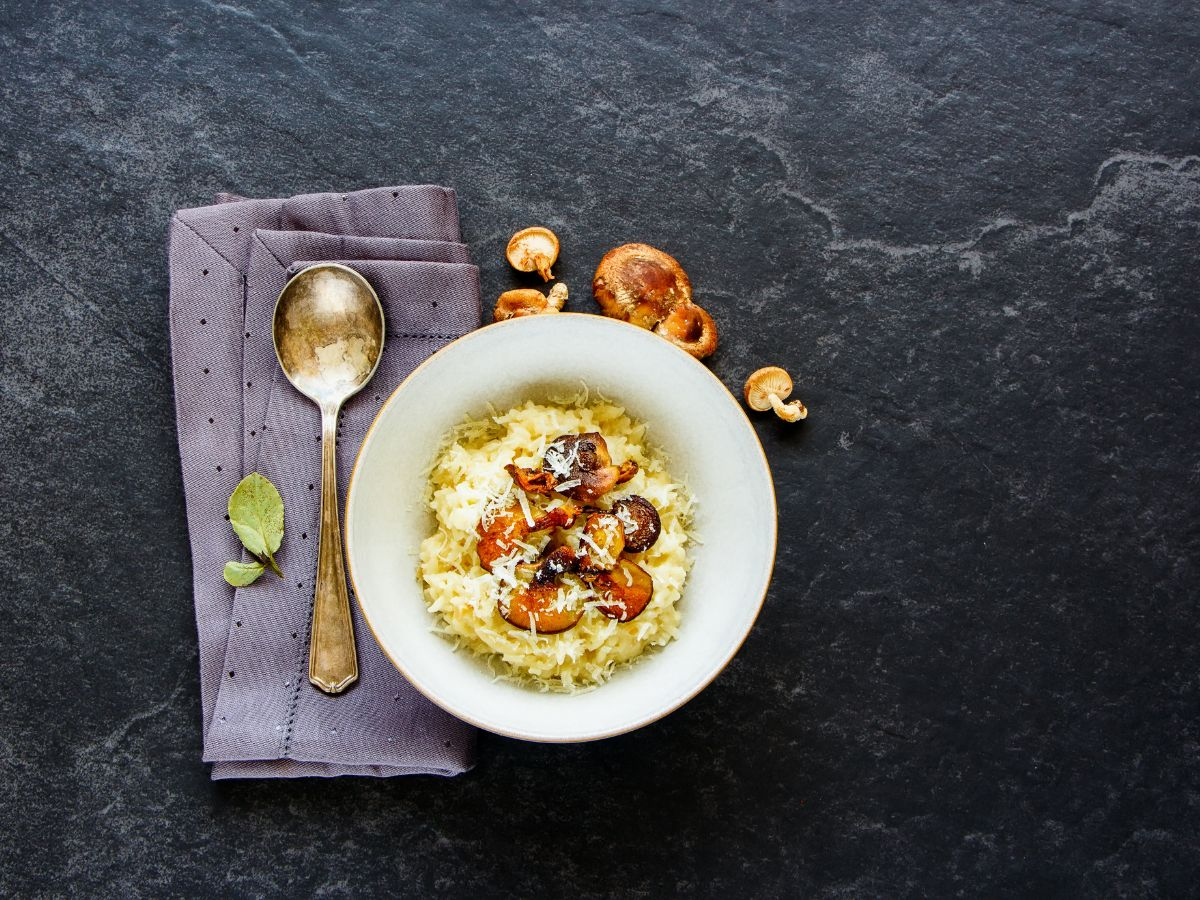
Lion’s Mane mushrooms can add a rich, earthy flavor to a classic risotto. Simply chop the mushrooms into small pieces and incorporate them into your favorite risotto recipe during the cooking process.
They will absorb the creamy risotto flavors, creating a delightful side dish cuisine.
Chop Lion’s Mane into small pieces and add to your favorite risotto recipe during cooking.
The mushrooms will impart a rich, earthy flavor to the dish.
Full Lions Mane Mushroom Recipe
7. Lion’s Mane Mushroom Soup:
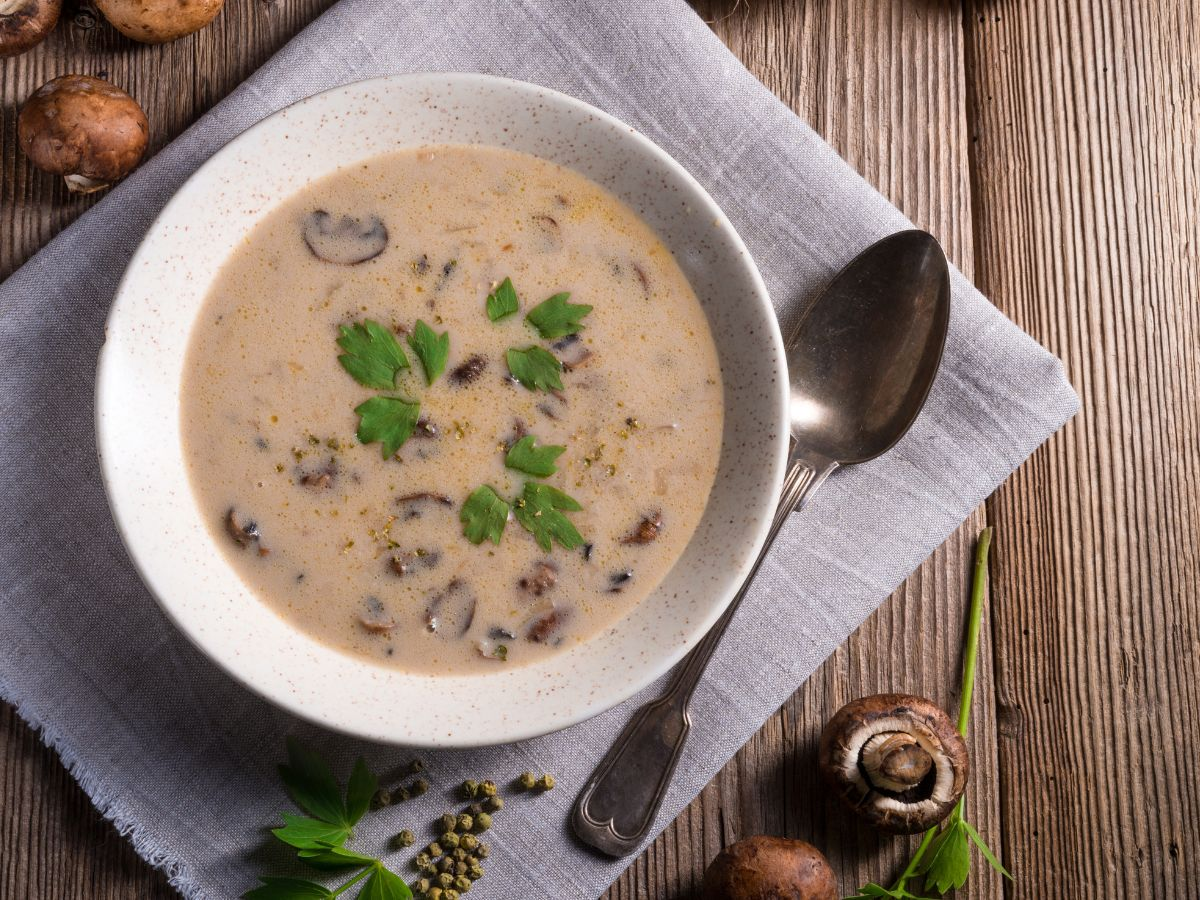
Save a Trip to the health food Stores and stay in with a comforting and creamy mushroom soup. dice Lions Mane mushrooms and sauté them with onions and garlic.
Then, add vegetable or chicken broth, herbs, and additional vegetables to make a flavorful soup. Blend it to achieve a smooth, velvety texture.
Dice Lion’s Mane and sauté with onions and garlic.
Add broth, herbs, and other vegetables to make a creamy mushroom soup.
8. Lion’s Mane Mushroom Pizza:

Create a unique pizza topping by slicing Lion’s Mane mushrooms into thin pieces and sautéing them until they release moisture.
Use them as a topping on homemade pizzas, along with your preferred sauce and cheese. The mushrooms’ texture and flavor make for an exciting pizza experience.
Slice Lion’s Mane into thin pieces and sauté until they release moisture.
Use as a topping on homemade pizzas along with sauce and cheese.
9. Lion’s Mane Mushroom Tempura:
Make crispy Lion’s Mane mushroom tempura by cutting them into bite-sized pieces. Dip the pieces in tempura batter and deep-fry until they turn crispy and golden brown.
This method transforms Lion’s Mane mushrooms into a delectable appetizer or snack.
Cut Lion’s Mane into bite-sized pieces.
Dip them in tempura batter and deep-fry until they are crispy and golden brown.
These cooking methods offer a variety of ways to enjoy Lion’s Mane mushrooms, allowing you to experiment with different flavors and textures to suit your culinary preferences.
Whether you’re a mushroom enthusiast or new to cooking with Lion’s Mane, these techniques offer a range of delightful options to explore.
Conclusion:
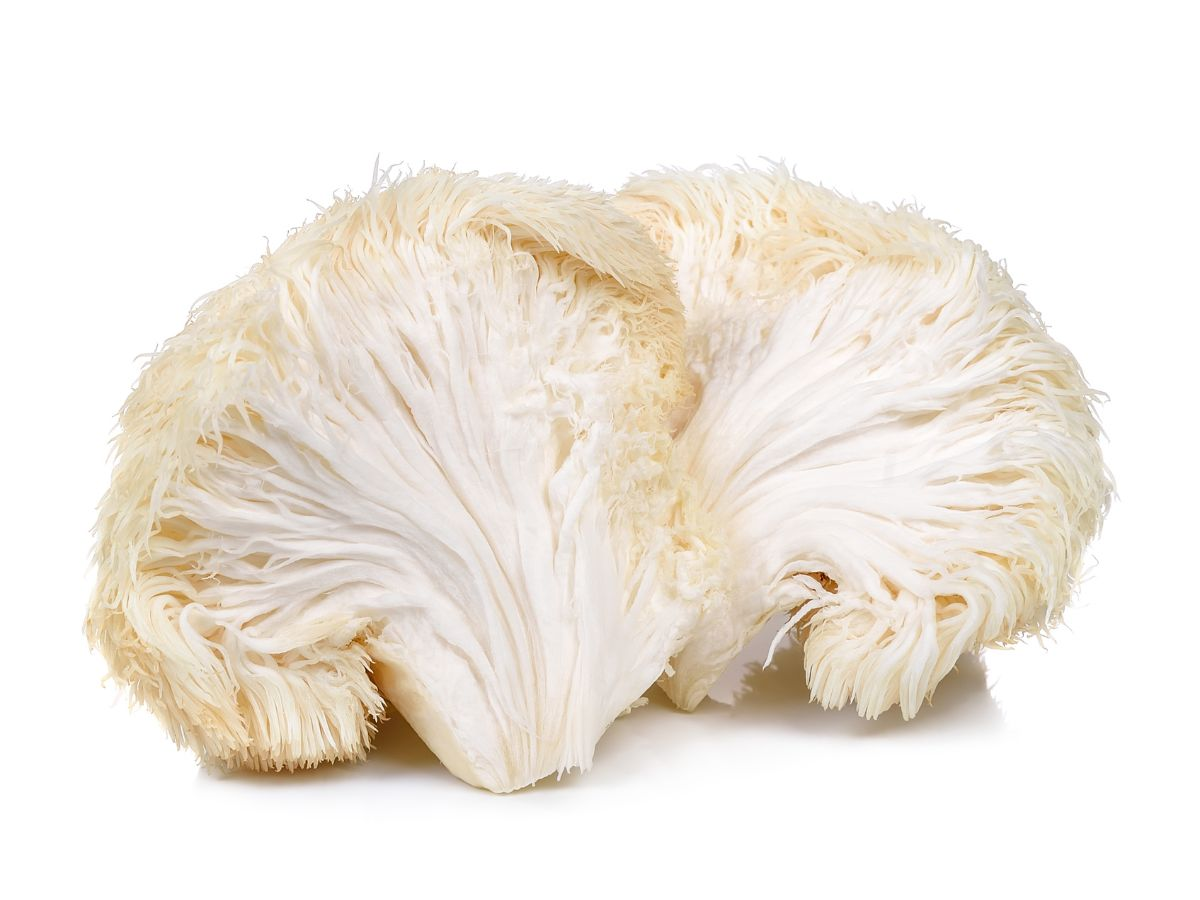
In this culinary journey, we’ve uncovered nine captivating ways to cook Lion’s Mane mushrooms, from sautéed perfection to crispy tempura. These recipes showcase the versatility of this unique fungi and allow you to tap into its potential health benefits.
Whether you’re seeking to tantalize your taste buds, impress dinner guests, or experiment in the kitchen, Lion’s Mane mushrooms offer a world of culinary possibilities.
So, next time you encounter Lion’s Mane mushrooms in the market, remember the “how to cook Lion’s Mane mushroom” techniques we’ve explored. Whether you’re looking to boost brain health, support your immune system, or savor a new taste sensation, Lion’s Mane medicinal mushrooms have something special to offer.
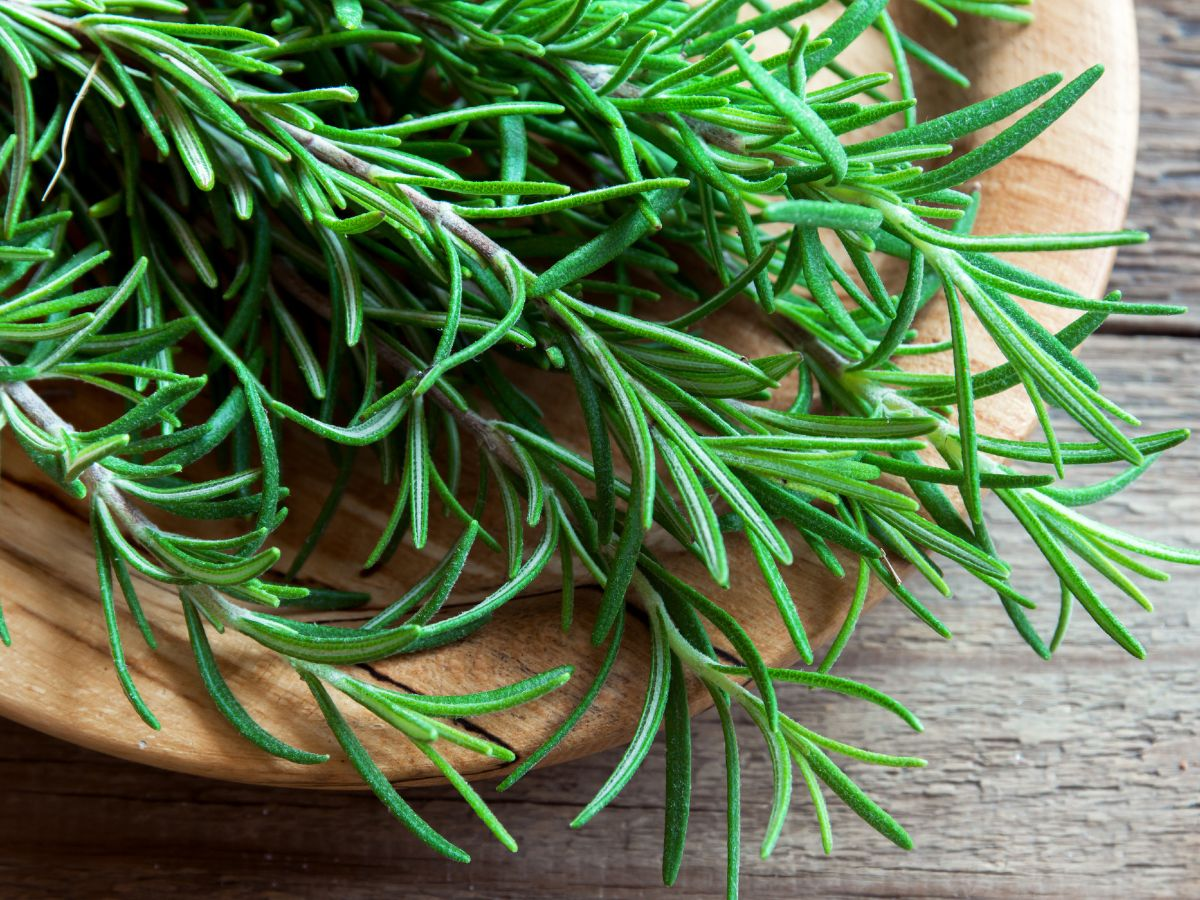
Armed with these nine recipes, it’s your turn to embark on your culinary adventure. Embrace the magic of Lion’s Mane mushrooms, and let your taste buds and well-being be the judge of your newfound culinary expertise. Happy cooking!
FAQ & Additional Tips:
What is The Best Lion’s Mane Mushroom Recipe?
I found the best Lion’s Mane Mushroom Recipe. It has the Most Precise nutritional data. A Simple Recipe for everyday cooking with Small Amount of Prep time. It is an Incredible, Savory Full Recipe Written By Chef Cory G
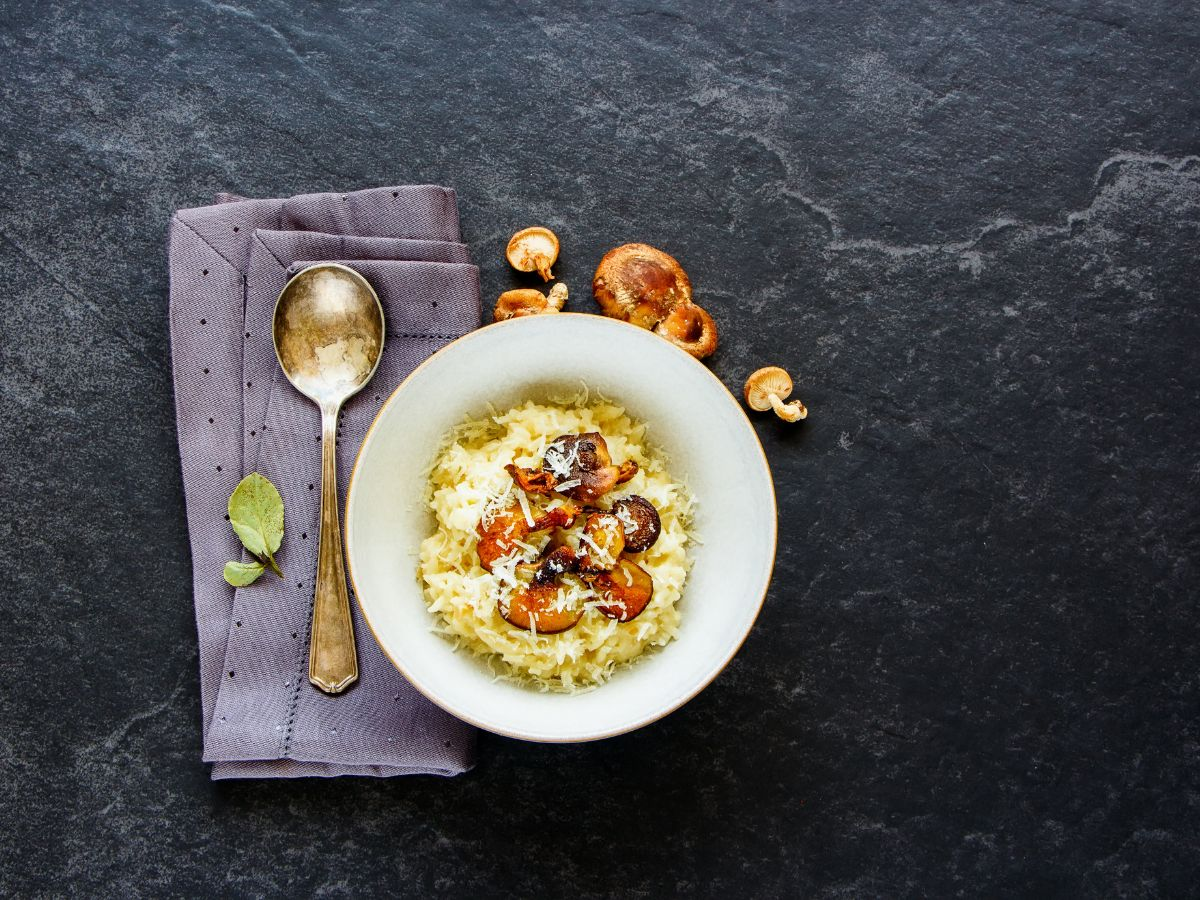
How to make powdered Lion’s Mane?
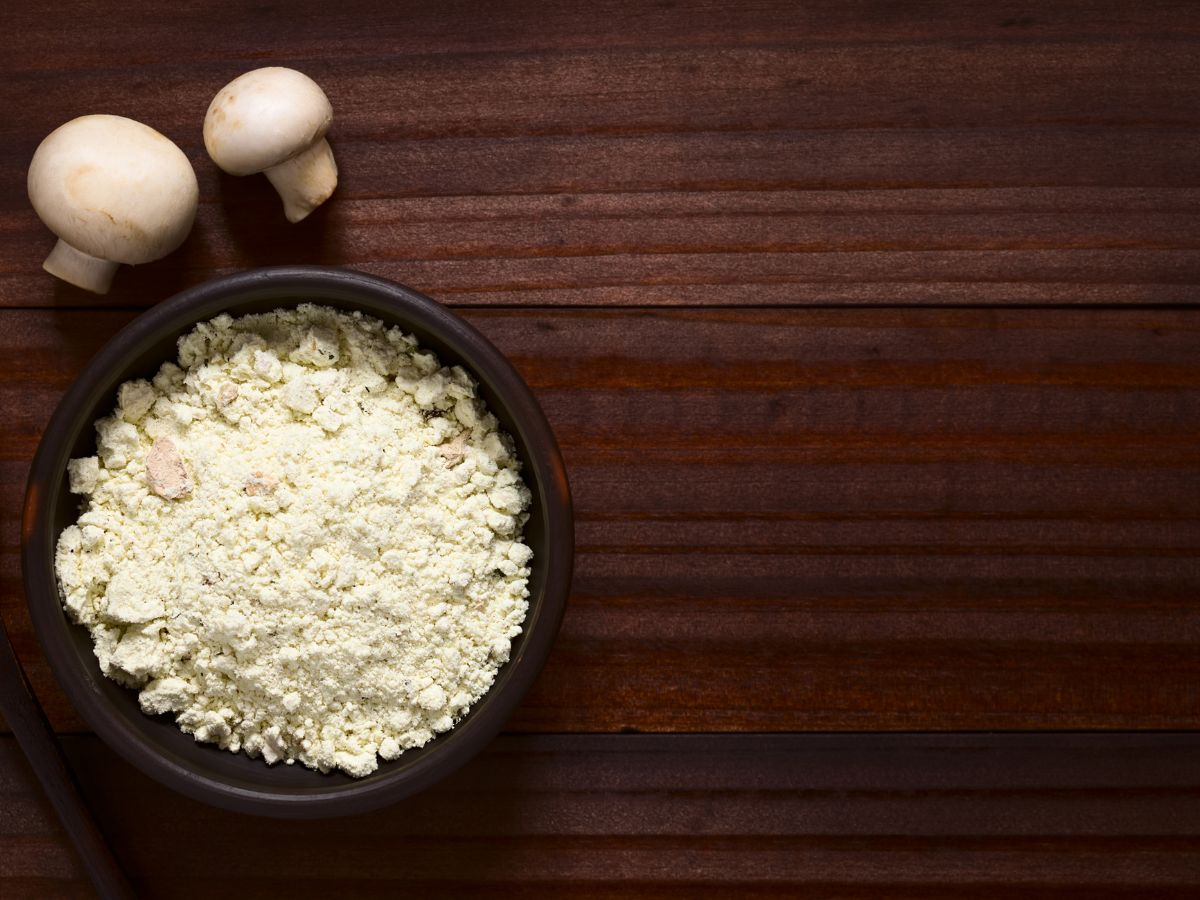
To make powdered Lion’s Mane mushrooms, you’ll need to follow the recipe notes these quick steps:
1. Drying: Start with fresh Lion’s Mane mushrooms. Clean them thoroughly and remove any dirt or debris. Slice them into thin pieces or small chunks to speed up the drying process.
2. Dehydration: Place the sliced mushrooms in a food dehydrator or use an oven to its lowest temperature (usually around 140°F or 60°C). If using an oven, leave the door slightly ajar to allow moisture to escape. Dehydrate until all the mushrooms within are completely dry and crisp. Depending on the method and moisture content, this can take anywhere from 4 to 12 hours.
3. Grinding: Transfer the Lion’s Mane mushroom slices to a blender or coffee grinder once the mushrooms taste fully dried. Pulse or grind until you achieve a fine powder consistency.
4. Sifting (Optional): For an even finer powder, you can sift the ground mushroom powder through a fine mesh sieve or sifter to remove any larger particles.
5. Storage: Store your powdered Lion’s Mane mushrooms in an airtight container in a cool, dark place to maintain their freshness and potency. They can last for several months to a year when stored properly.
Powdered Lion’s Mane mushrooms can be a convenient way to incorporate this versatile fungus into your diet. You can add the powder to smoothies, soups, stews, sauces, or sprinkle it over various dishes for a flavor boost and potential health benefits.
WHAT DOES LION’S MANE TASTE LIKE?
It is interesting to note how Lions Mane mushroom tastes. With a Meaty Texture which bears resemblance that Some claim evokes a seafood-like taste reminiscent of seafood. Personally, the mushrooms are very fishy and not a bit of a surprise to me. The best part about lion’s mane mushrooms is their texture.
It is meaty, rich and chewy and is a wonderful stand alone feature of the dish and a good replacement for pork. For those who prefer eating meatless foods with minimal ingredients, lions mane mushrooms will work best in these conditions.
Lion’s mane mushrooms provide mild sweetness and soft texture reminiscent of shellfish such as lobster crab. These are also used as companion and alternative foods to seafood. However don’t put Lions your own lion’s mane mushrooms in the same cooking style I’d recommend that you.
HOW TO STORE LION’S MANE MUSHROOMS
When the mushrooms come in from a retail location, it is usually a good choice for storage in paper bags. AFter You Prepare Lion’s Mane Mushrooms, keep them in paper bag, sealed and stored at home in airtight containers for up to 5 days.
What are the negative effects of Lion’s Mane Mushroom?
Fresh lions manes usually get a lot of attention. However, the supplement has side effects such mild symptoms such as abdominal pain, nausea and rash. It can also affect blood-clotting agents (like warfarin) and diabetes.
Does cooking Lion’s Mane destroy benefits?
Cooked mushrooms destroy the main chitin that makes up the walls. The action allows the body to access any nutrients within the mushroom, which otherwise may become less readily absorbable and improves its fibrous and woody texture.
Should Lions Mane be eaten raw or cooked?
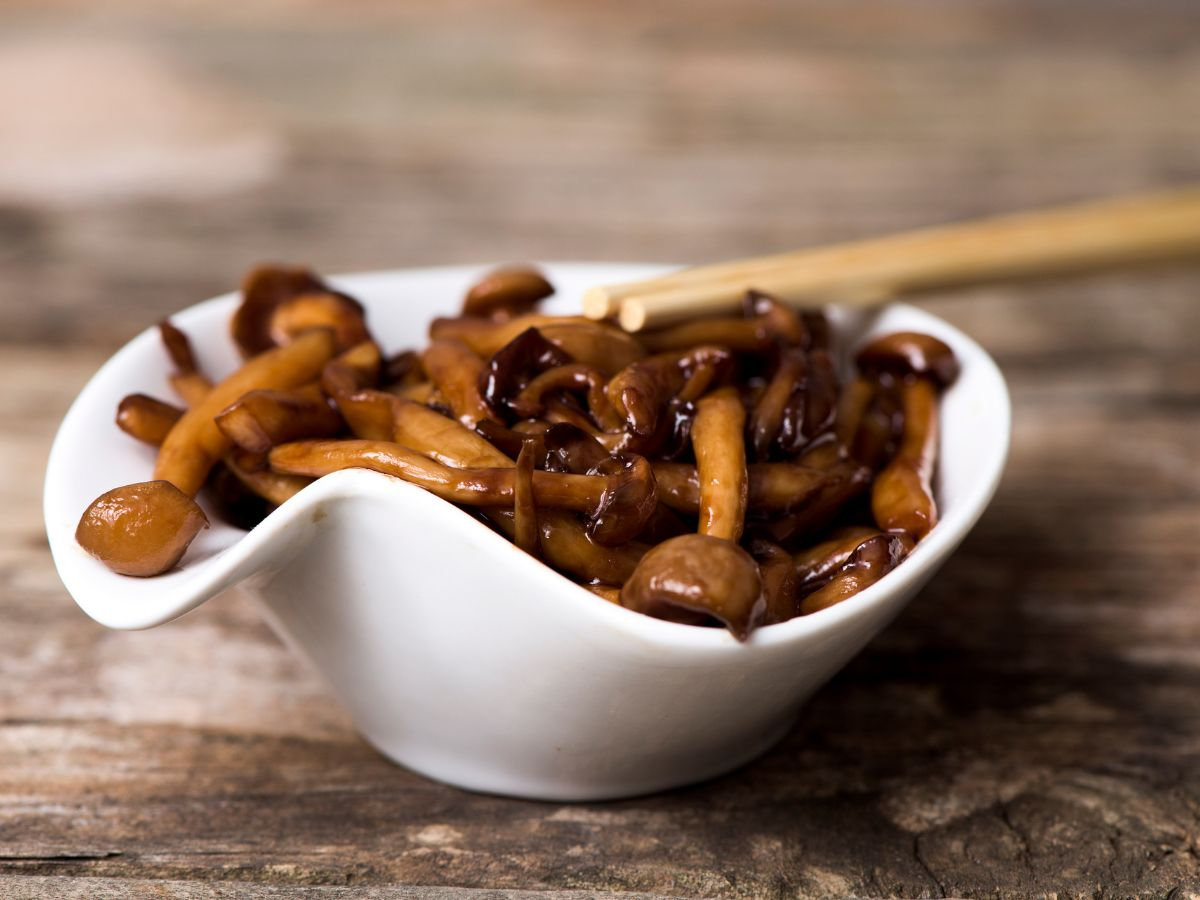
A lion’s mane should not be eaten raw. cooking lion’s mane mushrooms is the way to go. As with all mushrooms, chitin has been found within the cell membrane that can cause gastrointestinal discomfort. It decreases when cooked.
Is Lion’s Mane mushroom safe to eat raw?
While eating small amounts of raw Lion’s Mane mushrooms is generally safe for most people, many prefer to cook them to improve their texture and flavor. Cooking Lion’s Mane mushrooms can also unlock their unique umami and seafood-like qualities.

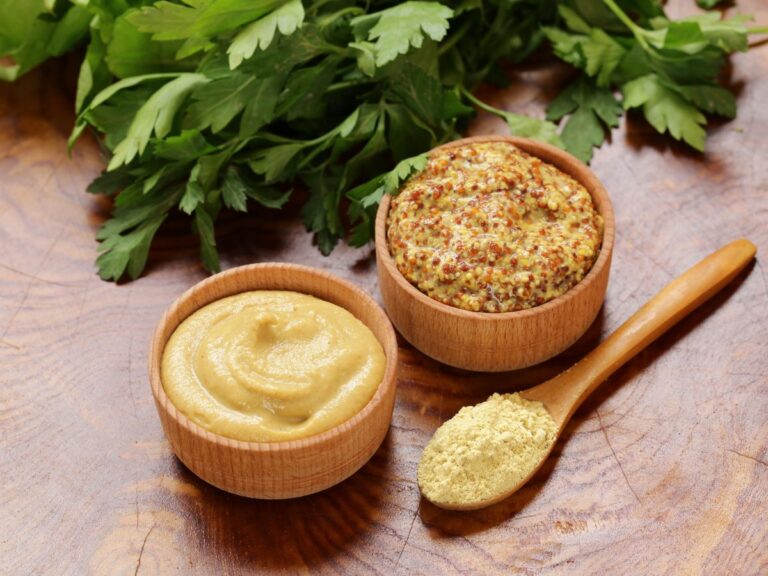



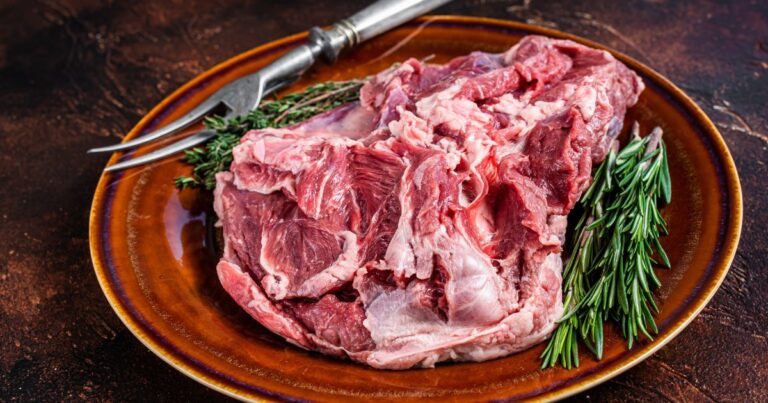
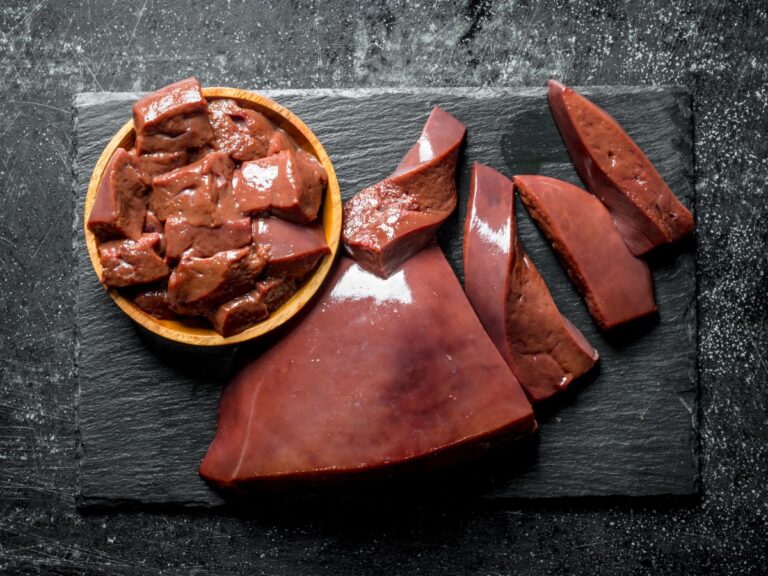
3 Comments